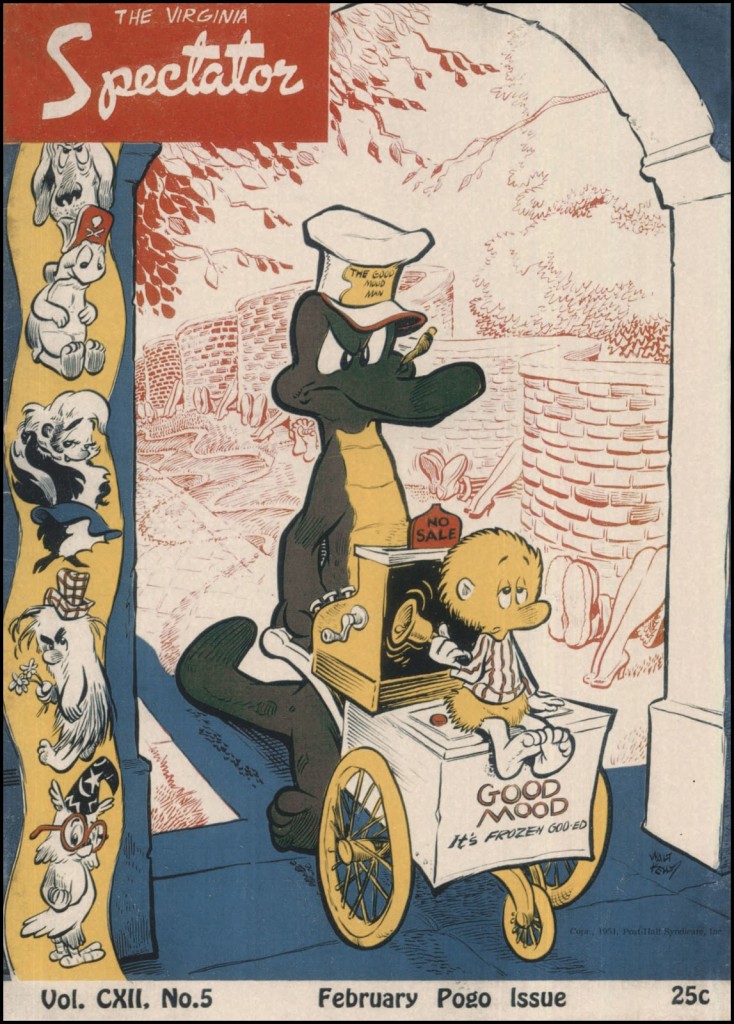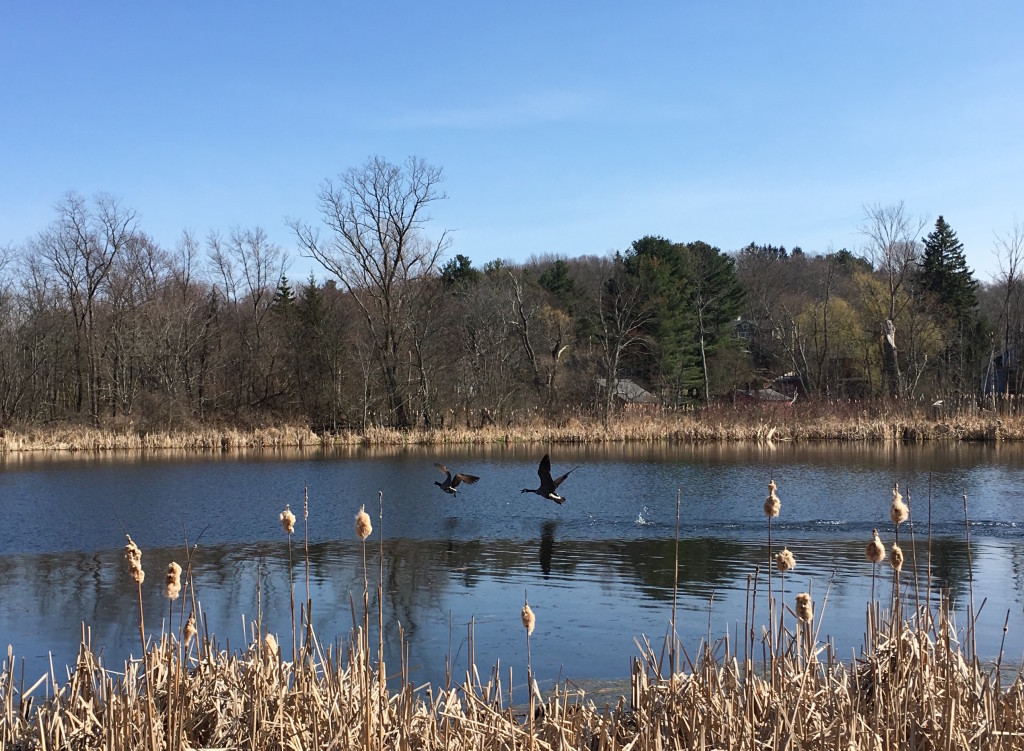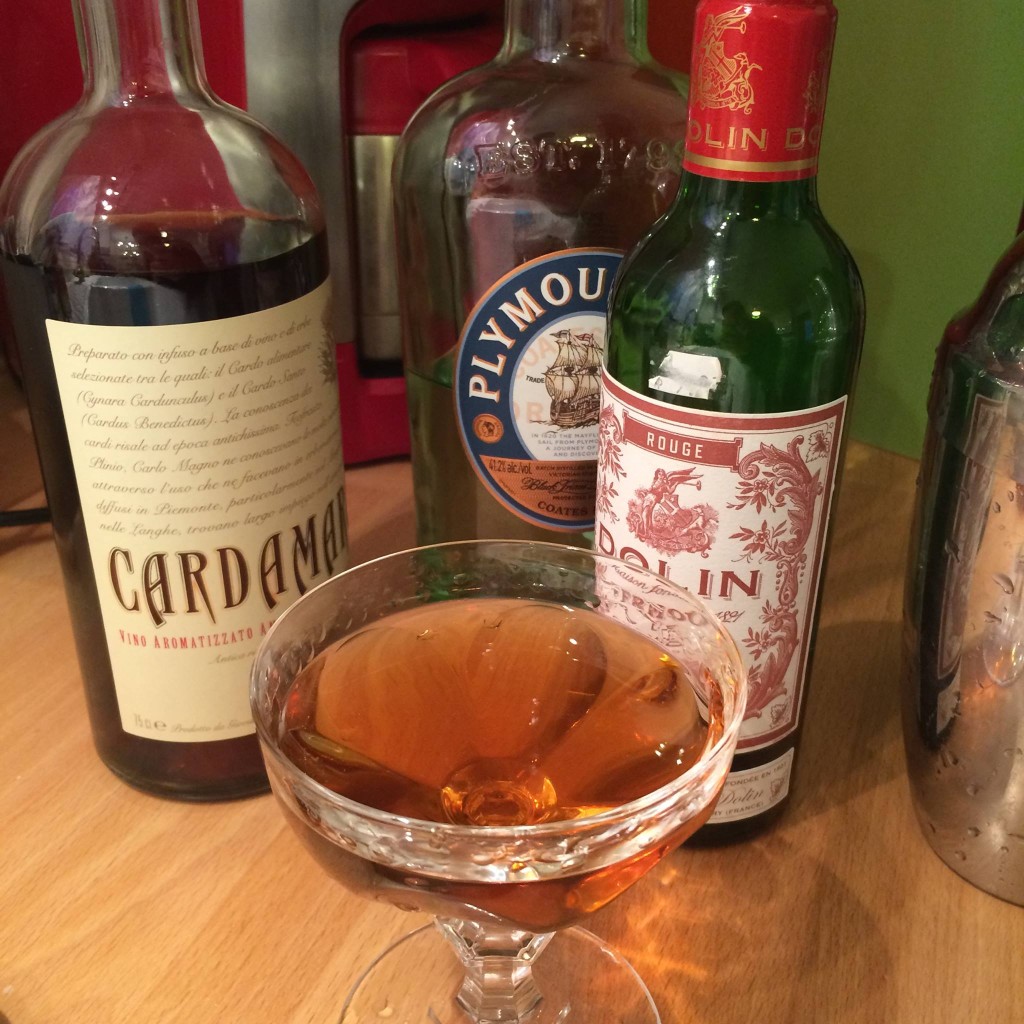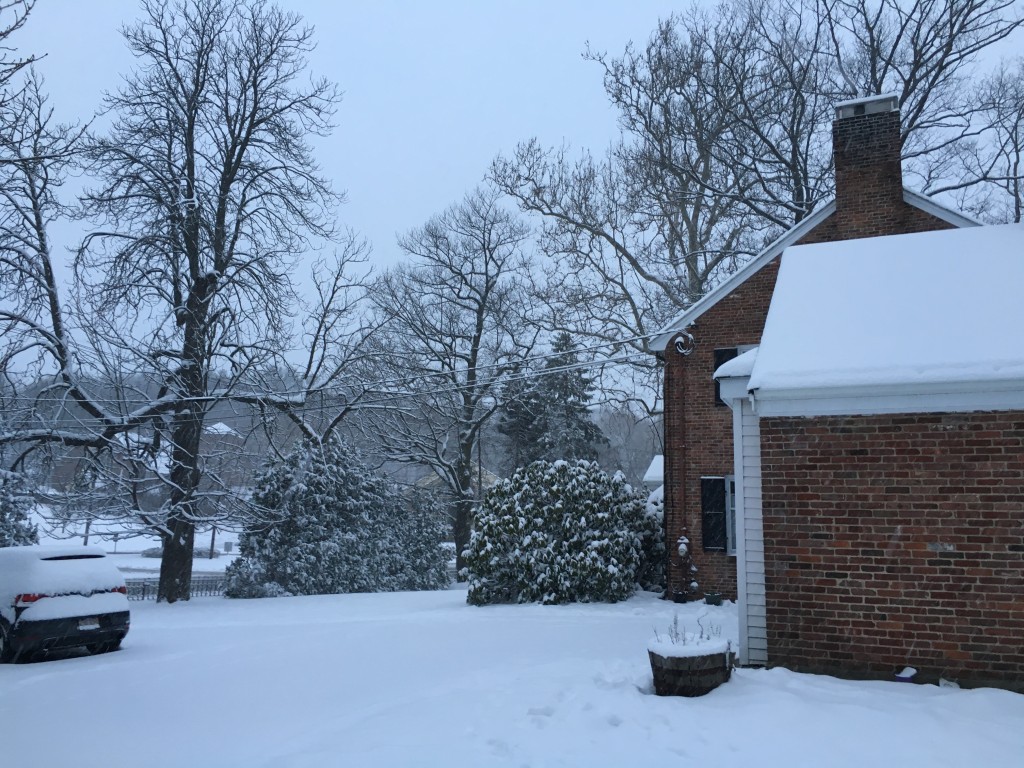Inspired by the Reverend Fiesta, here’s the list of all the (non-classical) concerts I’ve gone to, as far as I can remember. I thought I had written down this list once before, but am not finding it, so here we go. Links go to set lists if the Internet has them, or to blog posts by me if not. In many cases I was at these shows with people who I can’t remember; mea culpa. In fact, I’m also sure that I’m forgetting some shows I went to, so this will be a live page.
Sting, Nothing Like the Sun tour, William and Mary Hall, January 29, 1988. My very first show. I remember very little from the performances, just how amazing it was to be there.
10,000 Maniacs (Lone Justice opening), William and Mary Hall, December 7, 1989. The “Blind Man’s Buff” tour, I went to this with my sister and with Unchu Ko.
Branford Marsalis, Waterside, Norfolk, August 18, 1989. Honestly, all I remember about this performance is how hot it was, how interesting the jazz was, and how quiet the crowd was.
Paul McCartney, Flowers in the Dirt tour, RFK Stadium, July 1990. With my sister and Christina, a long long drive in a non-air-conditioned 1970s Cutlass Supreme. But “Live and Let Die” in that stadium was incredible. I don’t recall if we saw the performance on July 4 or the follow-up on July 6.
Don Henley, End of the Innocence tour, Norfolk Scope, July 8, 1990. With my sister and Pam, I think. And I remember Don Henley sitting down at the drums for “Hotel California.”
Wynton Marsalis, Albemarle High School, 1990. Mostly what I remember about this show is mutes: how many Wynton brought, how much he used them. There was very little about his sound with this band that didn’t rely on mutes in some fashion or other.
Sting, The Soul Cages tour, Hampton Coliseum, 1991. On a bus from the University of Virginia. I remember he played a cover of “Purple Haze,” but not much of the rest of the show.
Hall and Oates, Newport News/Williamsburg International Airport, July 4, 1991. A special festival to welcome returning Gulf War I troops.
Paul Simon, Rhythm of the Saints tour, Hersheypark, August 17, 1991. A fun show, with my sister, and, I think, my aunt.
UVA Jazzfest, 1992: Max Roach, Jackie McLean Quartet, Jack DeJohnette’s New Directions with Lester Bowie, Mingus Dynasty. Yeah, it was an amazing, amazing weekend.
Tori Amos, Little Earthquakes tour, Old Cabell Hall, University of Virginia, September 7, 1992. I wandered into the hall for Glee Club rehearsal one night and there was a ticket sales desk. I had heard the show was happening but assumed it would be sold out. I got a ticket and went to the show after rehearsal. It was amazing. So intense. There’s more to the story of the show; another time…
The Village People, Yellow Journal Disco Ball, Memorial Gym, University of Virginia, 1992. There is no documentary evidence of this performance and I had almost forgotten about it, but the experience of watching the aging disco superstars open their set with a cover of “Gimme Some Lovin’,” complete with pelvic thrusts, and then completely slaying the crowd with the rest of their set is something I will never again forget.
Sting, Summoner’s Tales tour, May 30, 1993, Richmond (Dada opening). With my sister, Christina and Jeremy. In which we sat close enough to the front that we were able to make the band do double takes with our ability to head-bob in 7/4 time.
They Might Be Giants at Trax, Charlottesville, VA, September 24, 1993. The TMBWiki says that Pere Ubu opened for them. I don’t remember that, but I do remember my sister and Derek Ramsey being there with me.
UVA Jazzfest, 1993:Elvin Jones Jazz Machine with Ravi Coltrane, Roy Haynes. There were other bands but I split the tickets with Bernie Fallon and so never got to see Archie Shepp. But Roy Haynes was a great show, and Elvin was amazing.
UVA Jazzfest, 1994: Milt Hinton, Dave Holland, Charlie Haden’s Liberation Music Orchestra.
Tori Amos, Under the Pink tour, Richmond, July 24, 1994. A less intimate and more upbeat show than the OCH one, but that’s to be expected given that the first show was in an 800 person venue. Much of the show was still in the acoustic vibe, though, which made the sudden transitions to full band on songs like “God” and “Cornflake Girl” kind of jarring.
Love Spit Love, free show, Washington DC, 1994. Just Richard Butler and a guitarist, and the crowd was completely quiet except for one hippie dancer, who only danced during the radio single “Am I Wrong.”
Shannon Worrell, summer 1994, Charlottesville. I’m not sure exactly when I saw this show, at an outdoor front porch venue with Matt Vanderzalm, but I’m pretty sure it was after the release of her first album, and I had already seen her play a couple of sets at various Corner venues with Kristin Asbury.
Cracker, Waterside, Norfolk, VA, 1996. Free show; attended with Jon Finn.
Nusrat Fateh Ali Khan, late 1996 (I think?), Washington DC.
Sonic Youth, A Thousand Leaves tour, 9:30 Club, May 6, 1998. With Craig Pfeifer. I was so not ready for how brilliant this show was.
Liz Phair, whitechocolatespaceegg tour, 9:30 Club, October 7, 1998. I remember very little about this show except that Liz seemed like she was in complete control and enjoying the hell out of herself.el
Bob Dylan and Paul Simon, Nissan Pavilion, July 16, 1999. How weird that I remember so little of this show, except for the superb version of “Tangled Up in Blue” that I could have sworn was the opening number but the set list says was 4th. They dueted on “The Sound of Silence.”
Parliament/Funkadelic All Stars, 9:30 Club, November 13, 1999. With Craig Pfeifer. I’m pretty sure it was this show I saw and not one of their two shows at the 9:30 Club in 1998. What an amazing performance, and I couldn’t even stay for the whole thing.
Beck with Beth Orton, Patriot Hall, George Mason University, February 19, 2000. Can I get with you and your sister? I think her name’s Debra. And Beth Orton’s brutally cute penguin joke (“Why do penguins walk softly?”). With Craig Pfeifer.
Twinemen, Mr. Airplane Man, Mark Sandman Tribute, Cambridge, August 2000. An interesting afternoon of local musicians paying tribute to the recently deceased frontman of Morphine, at an outdoor venue near the Middle East club in Central Square.
Spain with Miranda Lee Richards, the Crocodile Club, June 15, 2001. With Arvind and Kim.
Radiohead, Amnesiac tour, The Gorge, Washington, June 23 2001. With Lisa.
Isaac Hayes, Blind Boys of Alabama, Youssou N’Dour, Kathryn Tickell, DJ Peretz, the Neville Brothers, Peter Gabriel, Afro Celt Sound System; WOMAD, August 2001. I wrote extensively about this show back in the day.
Ani DiFranco, Bumbershoot, August 31, 2002. Does being in the same outdoor performance venue as the performance count? I only caught a few songs of this one.
Sonic Youth with Modest Mouse, Bumbershoot, September 1, 2002.
Pernice Brothers with Jose Ayerve, Sparrow, and Warren Zanes, the Tractor, July 11, 2003.
New Pornographers, Bumbershoot, September 1, 2003.
Wilco, Bumbershoot, September 1, 2003.
R.E.M., Bumbershoot, September 1, 2003.
Lou Reed, Moore Theater, June 29, 2003. This is essentially the show that was presented on the Lou Reed: Animal Serenade live album.
Elvis Costello, Benaroya Hall, March 8, 2004. I had completely forgotten about this show.
Sonic Youth, Showbox, July 19, 2004.
PJ Harvey, Avalon, October 9, 2004.
Pixies and Mission of Burma, Tsongas Center, December 2, 2004.
Justin Rosolino, Club Passim, December 13, 2004.
Sonny Rollins, Tanglewood, September 5, 2005, with Lisa.
Neko Case, Willard Theatre, April 5, 2006.
Elvis Costello with Marian McPartland and Diana Krall, Tanglewood Jazz Festival, September 2, 2006, with Lisa. I went to this show and never wrote about it, which is a shame because it’s the last non-classical performance I went to for almost nine years.
Bruce Hornsby, Cary Memorial Hall, October 17, 2015, with Lisa.
The Chieftains, Chevalier Theatre, Medford, March 1, 2017, with Lisa.
Branford Marsalis Quartet with Kurt Elling, Cary Memorial Hall, April 28, 2017, with Lisa.
Pixies, House of Blues, Boston, May 20, 2017. With Cymbals Eat Guitars.
Mavis Staples, Cary Memorial Hall, June 2, 2017, with Lisa.
Cécile McLorin Salvant and Aaron Diehl, Jordan Hall, February 7, 2020, with Lisa.
Genesis, TD Garden, December 16, 2021.
Cowboy Junkies, Cary Memorial Hall, April 14, 2022.
Tears for Fears with Garbage, Leader Bank Pavilion, June 22, 2022, with The Girl.
Branford Marsalis Quartet, Berklee Performance Center, January 28, 2023, with The Girl.
The Cure with The Twilight Sad, Xfinity Center, June 18, 2023, with Joy.
Herbie Hancock, The Cabot (Beverly, MA), June 21, 2023, with Lisa.
Lyle Lovett and Leo Kottke, Cary Memorial Hall, October 19, 2023, with Lisa.
Cécile McLorin Salvant, Sanders Theatre, February 2, 2024, with Lisa.
Alan Cumming, Sanders Theatre, March 15, 2024, with Lisa.
Wynton Marsalis and Jazz at Lincoln Center Orchestra, January 18, 2025, with Lisa and the kids.
Blue Heron, First Church in Cambridge, February 1, 2025, with Lisa.
Linda May Han Oh, Arrow Street Arts, March 14, 2025, with Lisa.





